| Structure | Name/CAS No. | Articles |
|---|---|---|
 |
sodium chloride
CAS:7647-14-5 |
|
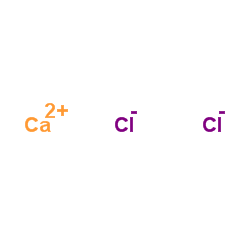 |
Calcium chloride
CAS:10043-52-4 |
|
 |
SODIUM CHLORIDE-35 CL
CAS:20510-55-8 |
|
 |
Prazosin hydrochloride
CAS:19237-84-4 |
|
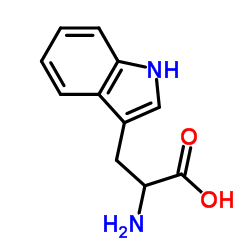 |
DL-Tryptophan
CAS:54-12-6 |
|
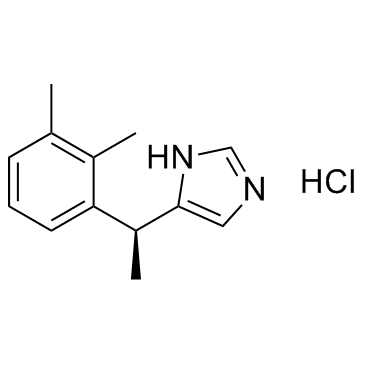 |
Dexmedetomidine hydrochloride
CAS:145108-58-3 |
|
 |
L(-)-Tryptophan
CAS:73-22-3 |
|
 |
calcium chloride dihydrate
CAS:10035-04-8 |
|
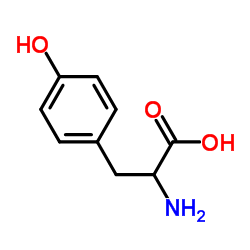 |
DL-Tyrosine
CAS:556-03-6 |
|
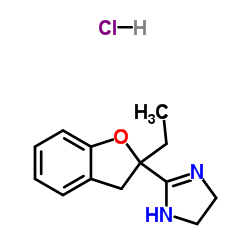 |
Efaroxan hydrochloride
CAS:89197-00-2 |